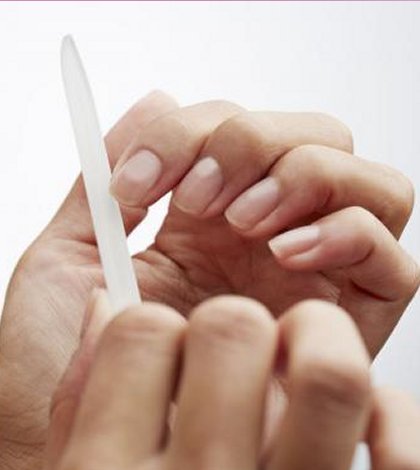

#How long does it take for nails to grow skin
Small dents on the surface of your nail bed are called pitting, and when they show up with no apparent pattern or reason, this could indicate an autoimmune disorder, conditions in which the body mistakenly starts attacking healthy cells, leading to inflammation.įor example, pitting is typically connected to psoriasis (a skin condition that causes scaly patches to appear on the skin) and psoriatic arthritis (a type of arthritis that commonly affects people with psoriasis). You have small dents in the surface of your nail. Here are the most common nail problems that potentially signal something that’s more than skin-deep, according to dermatologists.ġ. If your nail color, shape, or structure starts to look a bit odd for reasons beyond normal wear-say, you spent all weekend deep cleaning the house or you’re really due for a manicure-then it’s possible your fingernail health may indicate a deeper issue with your overall health, Dr. “Cuticles are intact and well moisturized,” Dr. Your nail beds should be flesh-colored, meaning they skew pink, tan, or brownish. What do healthy nails look like, though? First, “normal” fingernails should have white tips with a smooth finish and subtle shine, Dana Stern, M.D., assistant clinical professor of dermatology at Mount Sinai Medical School, tells SELF. It also provides a waterproof barrier.Your nails might not be the first place you look to for signs that you’re killing it at this life thing, but surprisingly, you can tell a lot about your health from your nails.

#How long does it take for nails to grow free

Nail bed: The nail bed is also referred to as the sterile matrix.It produces most of the volume of the nail and the nail bed. The root portion of this nail lies below the skin, underneath the nail, and extends several millimeters into the finger.

Its edge appears as a white crescent, known as the lunula. Nail root: The root of the nail is also known as the germinal matrix.


 0 kommentar(er)
0 kommentar(er)
